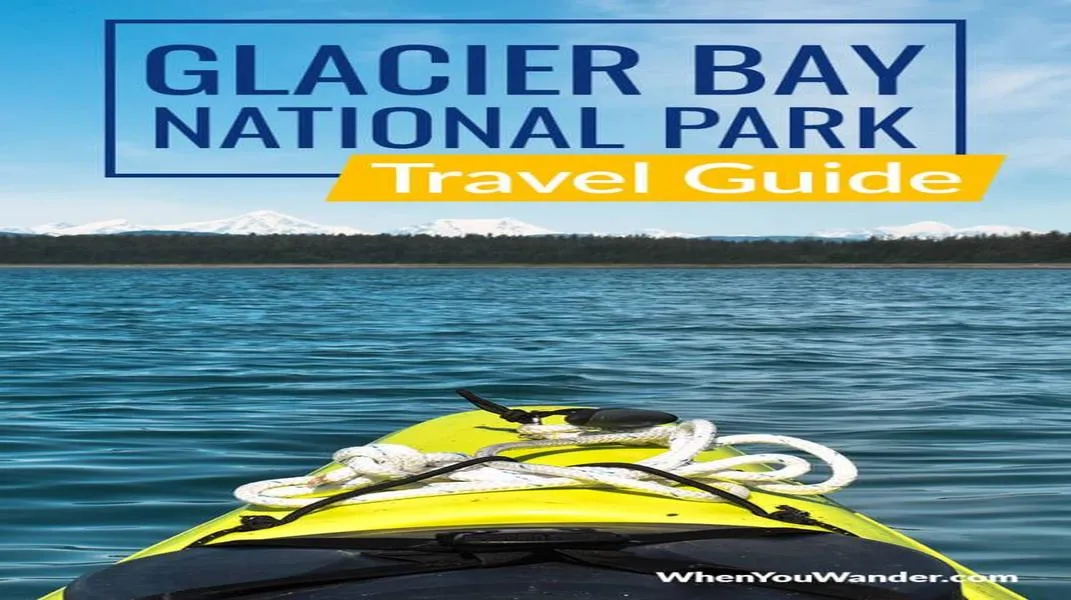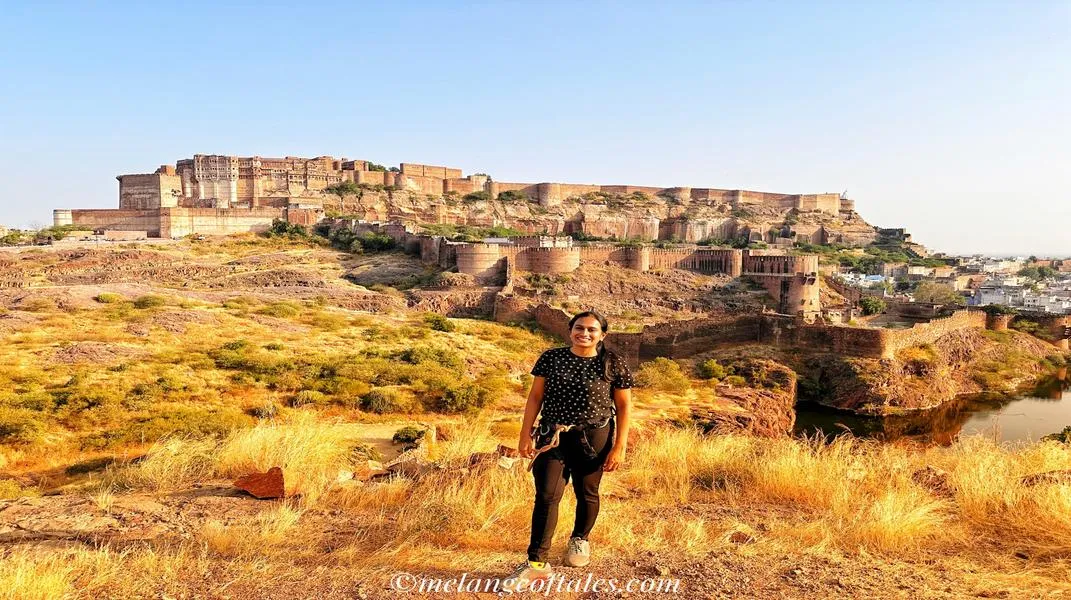Exploring Glacier Bay National Park and Preserve: A Comprehensive Guide
Nestled in the heart of Alaska's coastal wilderness, Glacier Bay National Park and Preserve is a stunning testament to nature's raw beauty and power. This UNESCO World Heritage Site is renowned for its majestic glaciers, diverse ecosystems, and rich cultural history, making it a must-visit destination for adventure seekers and nature lovers alike. With over 3 million acres of pristine wilderness, Glacier Bay offers a plethora of activities, breathtaking scenery, and an opportunity to connect with the great outdoors. This article will delve into the park's features, attractions, and essential preparations for a memorable visit.

A Glimpse into Glacier Bay's Rich History
Glacier Bay has a storied past that dates back thousands of years. The region was shaped by the powerful forces of nature, with glacial activity carving out the stunning fjords and valleys that we see today. The Tlingit people have inhabited this area for over 10,000 years, and their deep cultural connection to the land is evident in the stories, legends, and traditions they have passed down through generations.
European exploration of Glacier Bay began in the late 18th century when British Captain George Vancouver charted the region in 1794. The bay was subsequently named "Glacier Bay" in 1879 by naturalist John Muir, who was captivated by the spectacle of its calving glaciers. Since then, the park has become a focal point for scientific research, conservation efforts, and tourism.
The Natural Wonders of Glacier Bay
Glaciers
One of the park's most striking features is its glaciers. Glacier Bay is home to an array of glaciers, each with its unique characteristics. The most famous of these is the Margerie Glacier, an impressive tidewater glacier that towers over the bay. Visitors can watch in awe as massive chunks of ice calve into the water, creating a thunderous roar and dramatic splashes. Other notable glaciers include the Grand Pacific Glacier, known for its rugged, crevassed surface, and the Lamplugh Glacier, which offers a more serene experience.
Flora and Fauna
Glacier Bay is a biodiversity hotspot, boasting a variety of ecosystems ranging from lush temperate rainforests to stark glacial landscapes. The park's flora includes towering Sitka spruce, hemlock, and cottonwood trees, as well as vibrant wildflowers that bloom during the summer months. The rich vegetation supports a diverse array of wildlife, including black bears, mountain goats, and sea otters. Birdwatchers will delight in spotting puffins, eagles, and various seabird species that thrive in the region.
Marine Life
The waters of Glacier Bay are equally rich in biodiversity. The nutrient-rich waters support an abundance of marine life, including humpback whales, orcas, sea lions, and seals. Kayaking and boat tours offer incredible opportunities for wildlife viewing, allowing visitors to witness these majestic creatures up close.
Activities in Glacier Bay National Park
Boat Tours
One of the best ways to experience Glacier Bay is by taking a boat tour. These guided excursions provide a unique vantage point to view the glaciers, wildlife, and stunning landscapes. Several tour operators offer half-day and full-day trips, with knowledgeable guides who share insights about the park's geology, ecology, and history.
Kayaking
For those seeking a more intimate experience with nature, kayaking is an excellent option. Paddling through the calm waters of Glacier Bay allows visitors to explore hidden coves, get closer to glaciers, and enjoy the tranquility of the park. Rentals and guided tours are available, catering to both novice and experienced kayakers.
Hiking
While much of Glacier Bay's terrain is rugged and challenging, several hiking trails offer opportunities for exploration on foot. The Bartlett Cove area features accessible trails that wind through lush rainforests and along the shoreline. The Forest Loop Trail and the short but rewarding Beaver Creek Trail are popular options for those looking to stretch their legs and soak in the surroundings.
Camping
For those wishing to immerse themselves in the wilderness, camping is permitted in designated areas within Glacier Bay National Park. Backcountry camping allows visitors to experience the park's solitude and beauty, but it requires careful planning and preparation. Campers should be aware of wildlife and adhere to Leave No Trace principles to preserve the park's natural environment.
Ranger Programs
Throughout the summer months, Glacier Bay National Park offers a variety of ranger-led programs and educational talks. These programs provide visitors with insights into the park's ecology, geology, and cultural history, enhancing the overall experience. Check the park's official website for the schedule of ranger programs and activities during your visit.
Preparing for Your Visit
A trip to Glacier Bay National Park requires careful planning to ensure a safe and enjoyable experience. Here are some essential materials and preparations to consider before your visit:
1. Travel Arrangements
- Getting There: The nearest major airport is in Juneau, Alaska. From there, visitors can reach Glacier Bay via ferry or small plane. The park is accessible primarily by boat, so plan accordingly.
- Accommodations: Consider booking accommodations in advance, especially during the peak summer season. Options include lodging in nearby Gustavus or camping within the park.
2. Clothing and Gear
The weather in Glacier Bay can be unpredictable, so it's essential to dress in layers and bring appropriate gear. Here are some clothing and gear recommendations:
- Waterproof Jacket: A breathable, waterproof jacket will protect you from rain and wind.
- Warm Layers: Pack thermal layers, fleece, or wool sweaters for warmth, even in summer.
- Hiking Boots: Sturdy, waterproof hiking boots are crucial for exploring the park's trails.
- Hat and Gloves: Bring a warm hat and gloves, especially if you plan to be out on the water or in higher elevations.
- Sunglasses and Sunscreen: Protect yourself from the sun's rays, particularly when on the water or hiking in exposed areas.
3. Safety Equipment
- Bear Spray: Glacier Bay is home to bears; carrying bear spray is essential for safety while hiking.
- First Aid Kit: A well-stocked first aid kit should be part of your gear for any outdoor adventure.
- Navigation Tools: A map, compass, or GPS device can help you navigate the park's trails.
4. Food and Water
- Hydration: Bring a reusable water bottle and a water purification system if you plan to hike or camp. Drinking water is not readily available in the backcountry.
- Food Supplies: Pack lightweight, non-perishable food items for your trip. If camping, consider a portable stove for cooking.
5. Wildlife Awareness
Understanding and respecting the wildlife in Glacier Bay is paramount. Always keep a safe distance from animals and store food securely to avoid attracting bears and other wildlife. Educate yourself about bear safety before your visit.
6. Leave No Trace Principles
To protect Glacier Bay's pristine environment, adhere to Leave No Trace principles, including packing out all trash, minimizing campfire impacts, and staying on established trails.
Conclusion: Embracing the Beauty of Glacier Bay
Glacier Bay National Park and Preserve is a breathtaking destination that offers visitors an unparalleled opportunity to connect with nature. From its stunning glaciers and diverse ecosystems to its rich cultural history, the park is a true gem of the Alaskan wilderness. By preparing adequately and embracing the spirit of adventure, you can create unforgettable memories in this remarkable landscape. Whether you're kayaking through tranquil waters, hiking through lush forests, or simply taking in the awe-inspiring vistas, Glacier Bay promises an experience that will stay with you long after you leave its shores. So pack your bags, prepare for adventure, and get ready to explore one of nature's most magnificent masterpieces.




